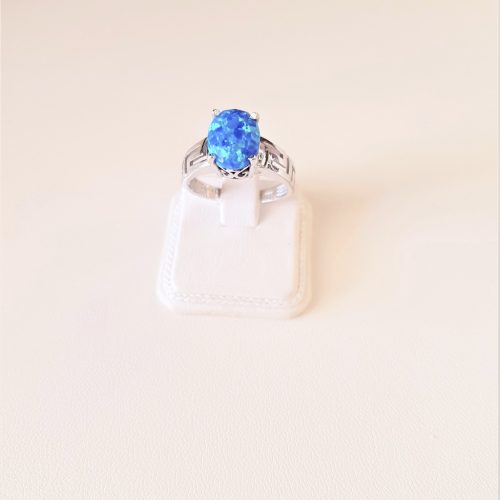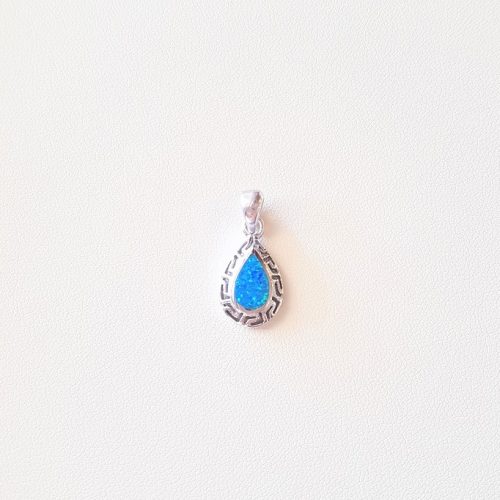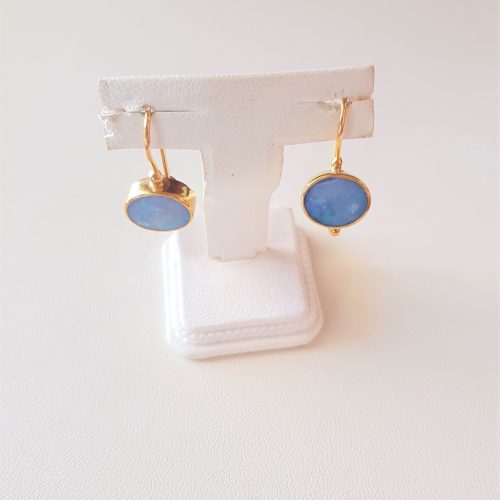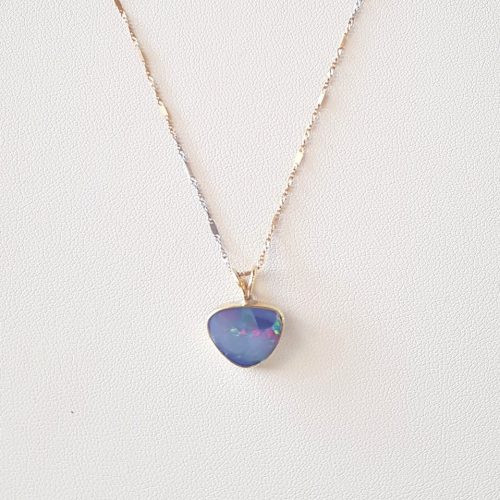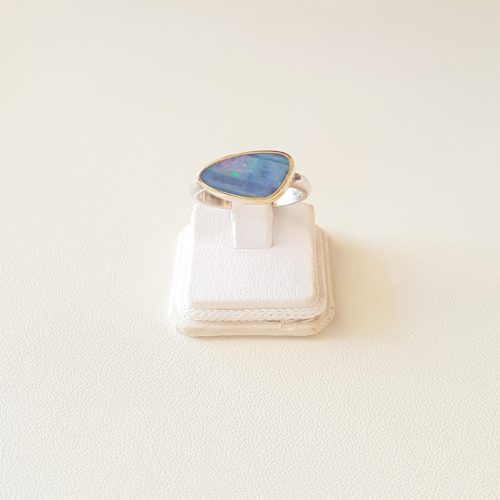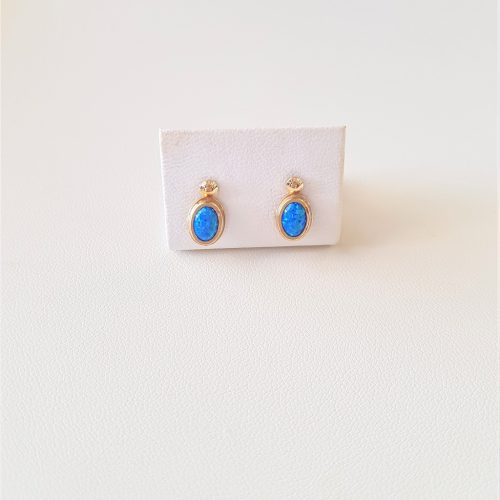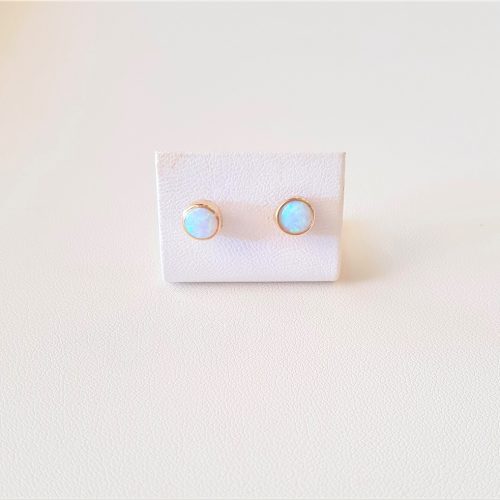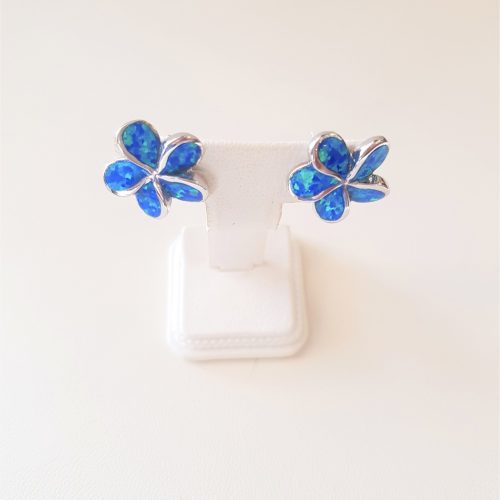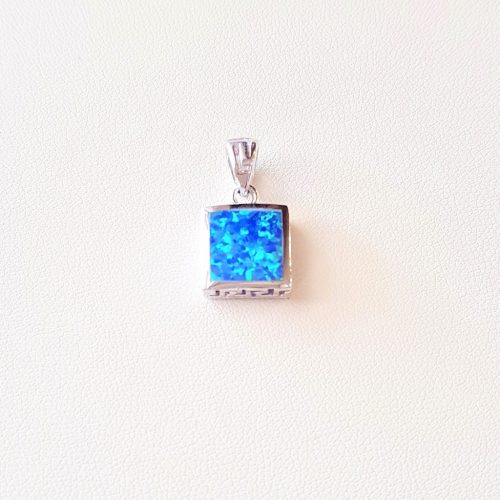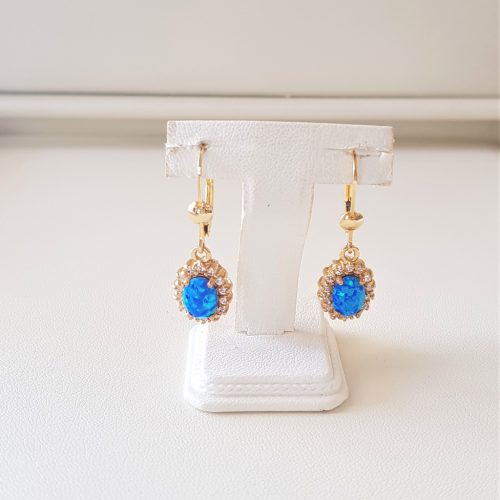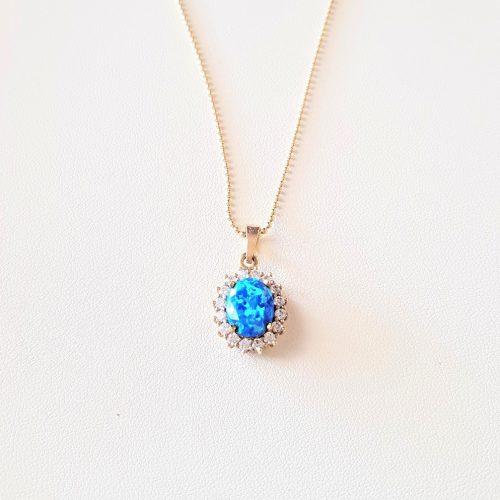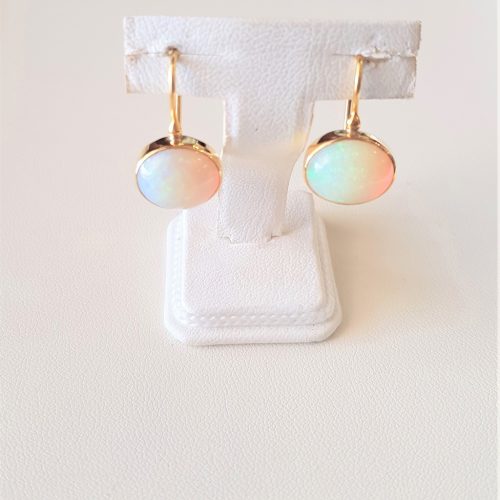Opal
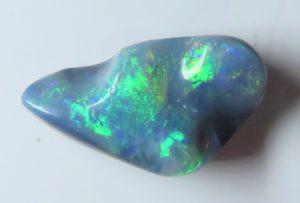
Opal is a hydrated amorphous form of silica (SiO2·nH2O); its water content may range from 3 to 21% by weight, but is usually between 6 and 10%. The internal structure of precious opal causes it to diffract light, resulting in play-of-color. Play-of-color is defined as “a pseudochromatic optical effect resulting in flashes of colored light from certain minerals, as they are turned in white light”.
The word ‘opal’ is adapted from the Latin term opalus. Opal is considered the birthstone for people born in October.
In the Middle Ages, opal was considered a stone that could provide great luck because it was believed to possess all the virtues of each gemstone whose color was represented in the color spectrum of the opal. It was also said to grant invisibility if wrapped in a fresh bay leaf and held in the hand.
The stone is found in many colors such as blue opal, white, black, fire opal. The main source of opal is Australia, which is often cited as representing 95-97% of world supply. Other mining areas are Ethiopia, Nevada in the US and Mexico.
Spiritual properties of opal
- Opal is believed to attract money, abundance, and succeed in the financial sector.
- Gives fortune, love, power, positive thoughts, endurance, faith and forgiveness.
- Relieves oppressed emotions, sadness and removes melancholy.
Healing properties of opal
- Has the ability to protect the eyes and strengthen the heart.
- Works therapeutically against infections and viruses, facilitates purification of blood and kidneys.
- • Used for the treatment of stomach and intestine.



